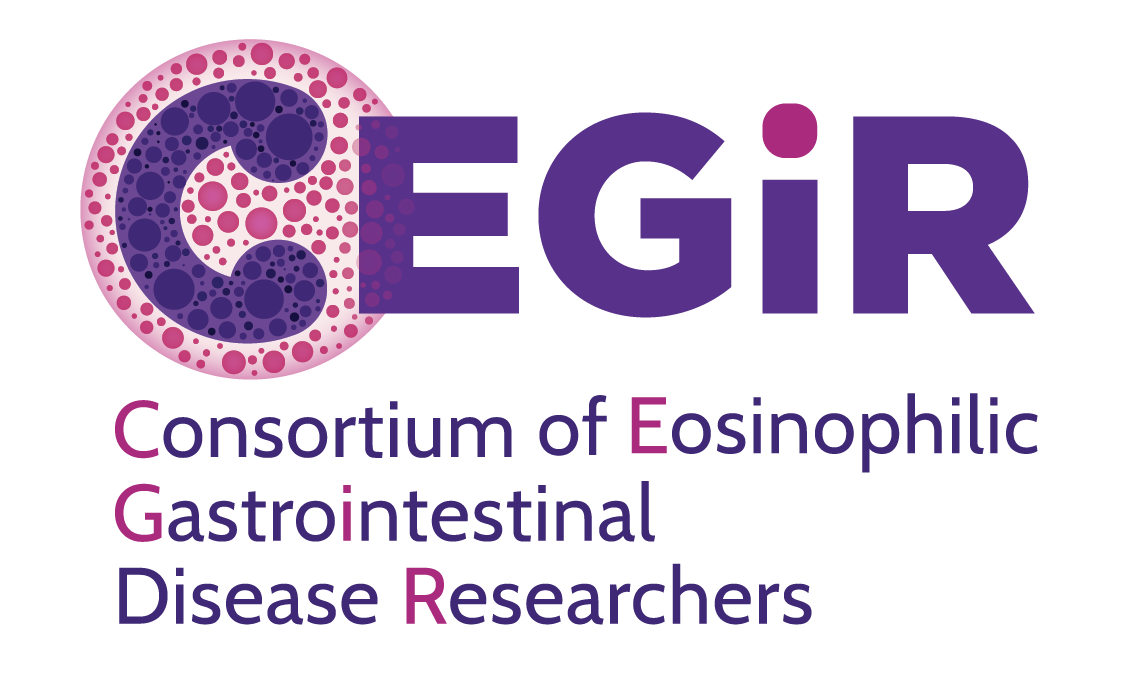Patricia C. Fulkerson, MD, PhD
Title: Assistant Professor
Affiliation: Cincinnati Children’s Hospital Medical Center
Year entered into CEGIR training program: 2015
Mentor/s: Dr. Marc Rothenberg, MD, PhD
Biosketch
UCCOM MSTP program 2007, PhD Advisor – Dr. Marc Rothenberg
Cincinnati Children’s Hospital Medical Center: Pediatric Residency and Allergy and Immunology Fellowship
Summary of current CEGIR projects
Dr. Fulkerson currently has two active CEGIR projects. Her first project is to measure eosinophil progenitor levels (cells which will likely become eosinophils) in the blood of those with EoE. Dr. Fulkerson’s findings indicate that that people with active EoE have greater numbers of eosinophil progenitors in their blood compared to those with inactive EoE. She plans to confirm these findings in a second study and to track changes in blood eosinophil progenitor levels in individuals as they go from EoE diagnosis through treatment and food reintroductions.
Dr. Fulkerson’s second project is to try to gain a better understanding of why there is a high rate of EGIDs in individuals that have undergone solid organ transplant and whether the EGID is different in these individuals compared to individuals that have not had a solid organ transplant. “Solid” organs are composed of firm tissue (eg, liver, pancreas), whereas organs that allow food to pass through are referred to as “hollow” organs (eg, esophagus, stomach). The findings may provide insight into why EGIDs develop.
Publications as affiliated with CEGIR
- Morris DW, Stucke EM, Martin LJ, Abonia JP, Mukkada VA, Putnam PE, Rothenberg ME, Fulkerson PC. Eosinophil progenitor levels are increased in patients with active pediatric eosinophilic esophagitis. J Allergy Clin Immunol. 2016 Sep;138(3):915-918.e5. PMCID: PMC5014709
Q & A with Dr. Fulkerson
How has CEGIR participation made a difference in your career, or how do you anticipate it will?
“The CEGIR training award provides opportunities for me to learn from clinicians and clinical investigators at other institutions and for new collaborations to be established.”
How do you feel the patient community benefits from the CEGIR training program?
“Investigators and clinicians working together toward a common goal will result in new knowledge and improved care for patients across the globe as we learn and share our findings and approaches.”

